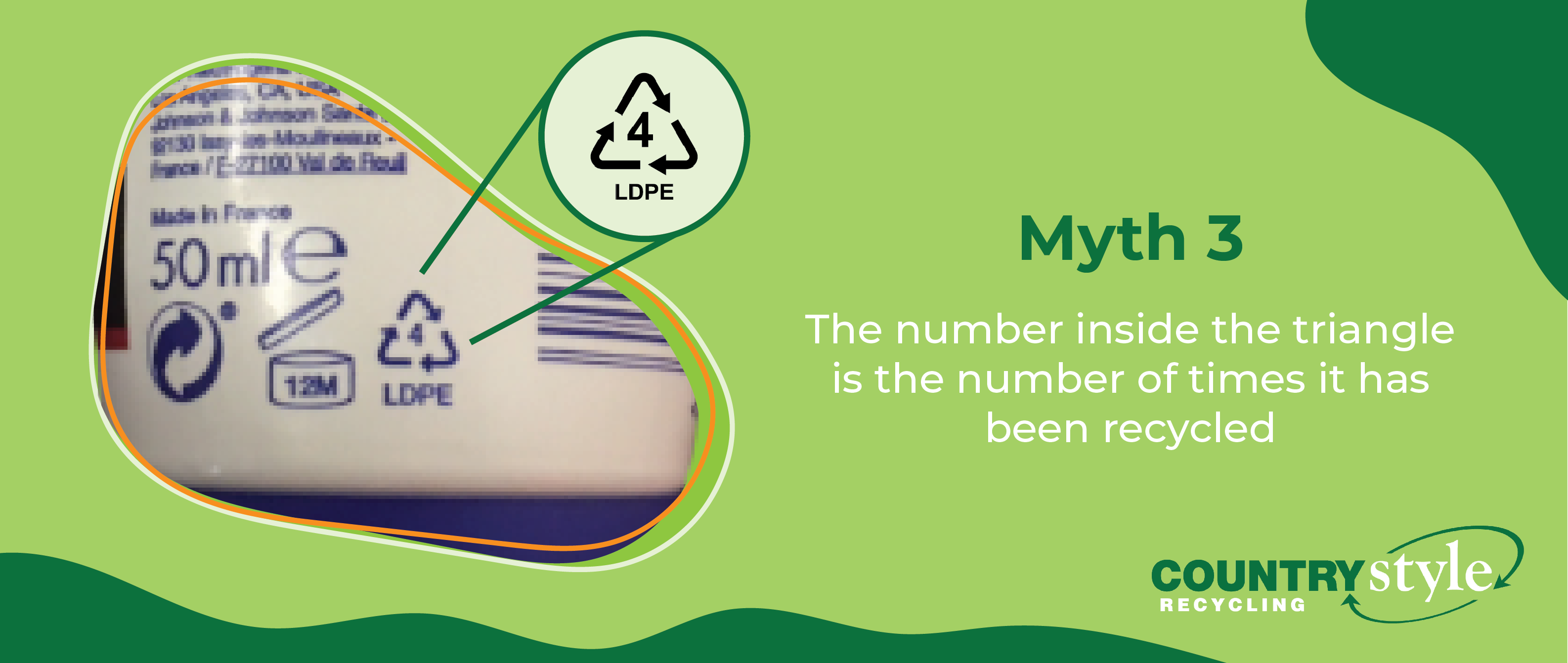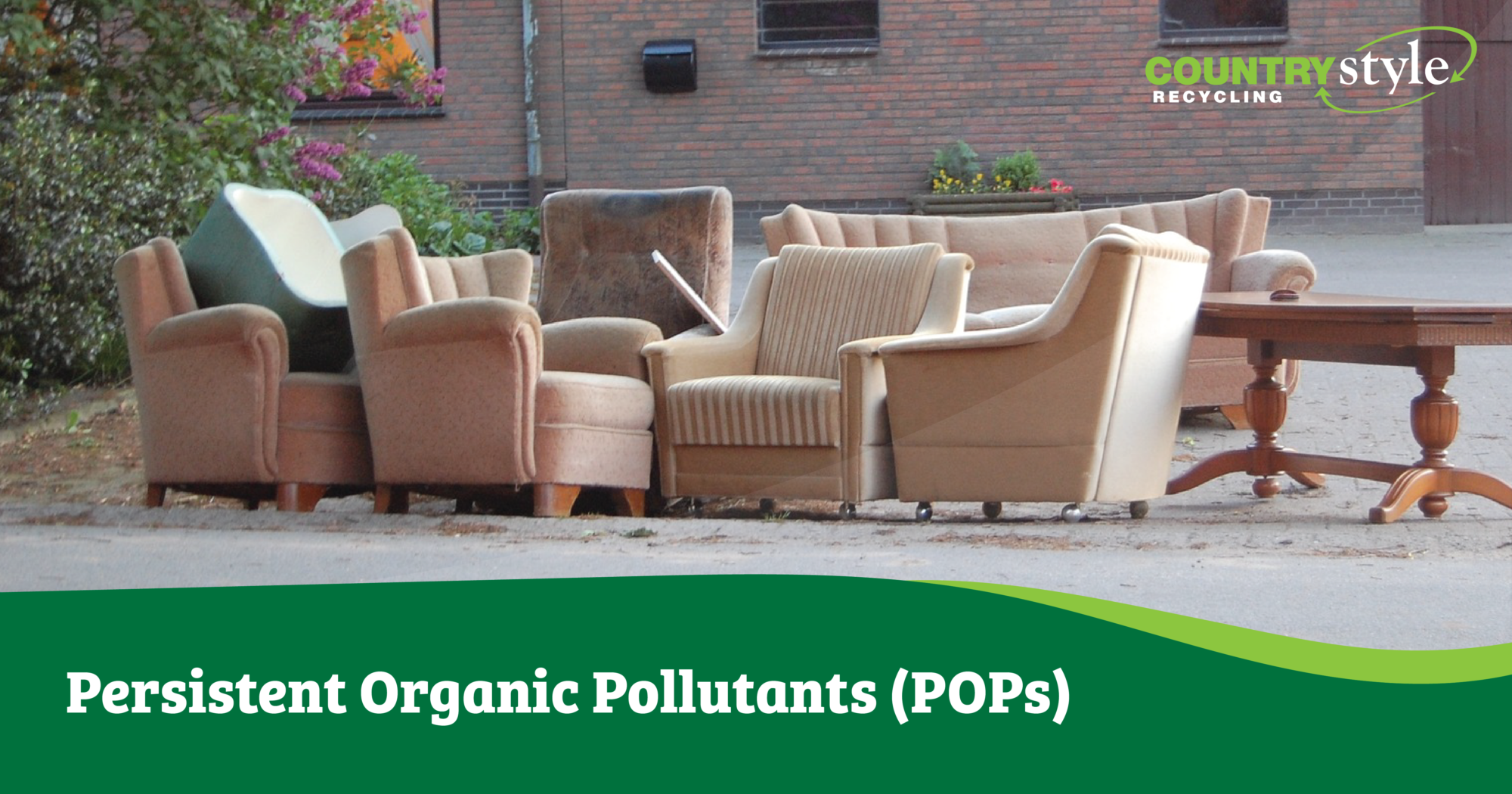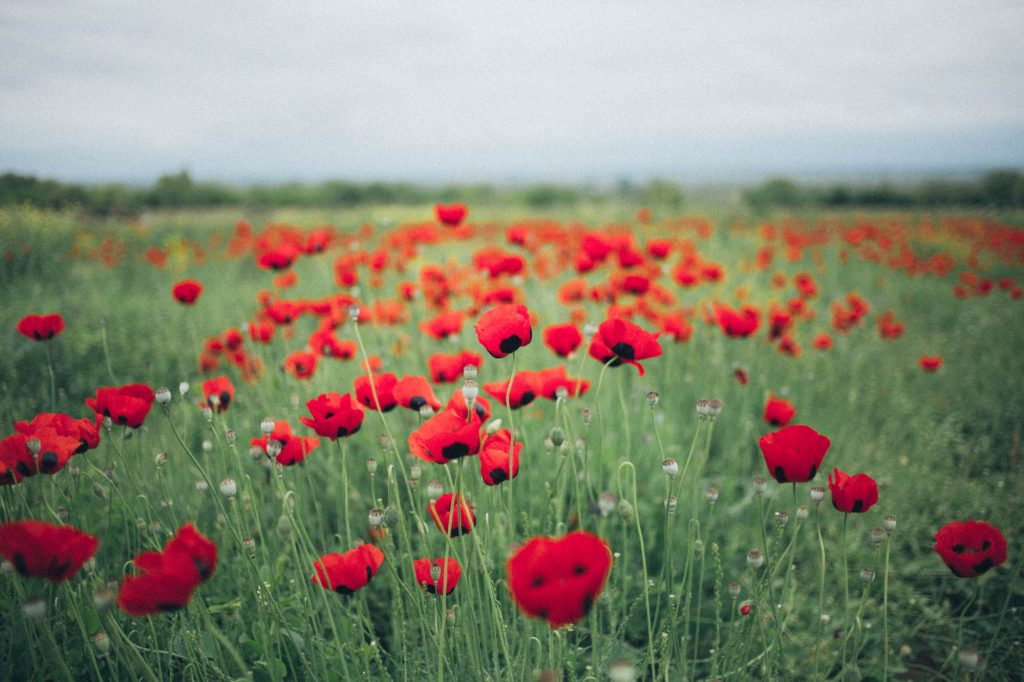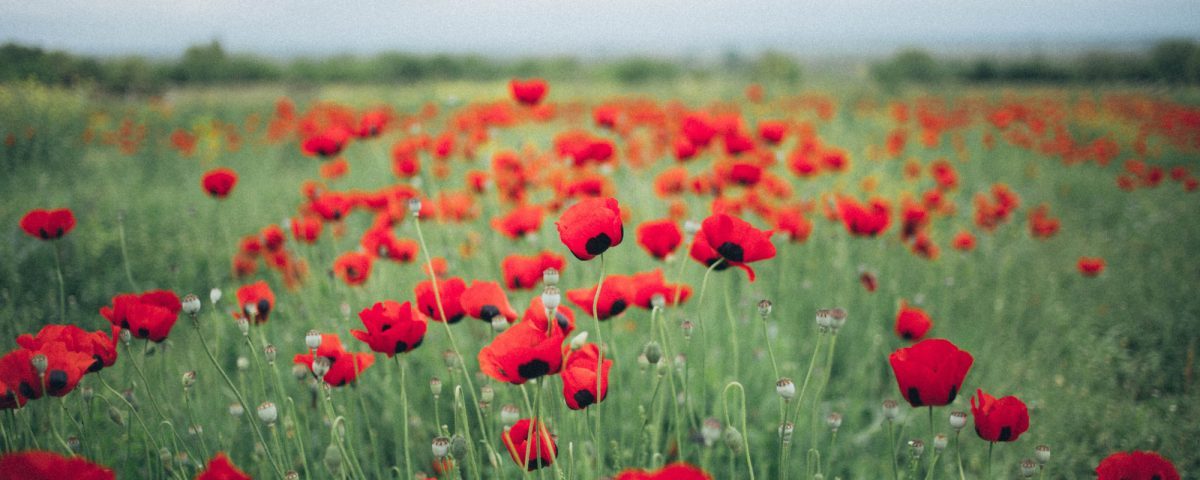
Let’s Get Real About Recycling
October 19, 2022
What are POPs? (Persistent Organic Pollutants)
February 24, 2023
We wanted to share some interesting facts that you may not know about the Remembrance Poppy!
Your poppy can be recycled!
The Royal British Legion have partnered with Sainsbury’s to recycle poppies this year. All parts of the poppy are recyclable! You can visit a local Sainsbury’s after Armistice Day to recycle your poppy. The RBL are working to reduce the environmental impact of their poppies and aim to remove single use plastic in the future.
The Poppy has been a Remembrance symbol for over 100 years
After the First World War, the poppy became a symbol of Remembrance, representing hope for the future. The UK Poppy Appeal began in 1921 and today, volunteers still visit local communities to give out poppies and collect donations for the Royal British Legion.
The poem that inspired the poppy to become a Remembrance symbol
Lieutenant Colonel John McCrae, a Canadian doctor, wrote a poem called ‘In Flanders Fields’ about the poppies that bloomed on the battlefields of Ypres, where he had lost a friend in 1915. This inspired Monica Michael, the American War Secretary, who purchased poppies to raise money for servicemen after the First World War. Following her initiative, the poppy concept was utilised by the Royal British Legion in 1921, they ordered a million poppies from France and then contracted 8 million more to be made in Britain.
They were sold for the first time in the UK on the 11th November 1921.
How the Poppy got its colour
The Remembrance Poppy got its colour from the red poppy flower. During the First World War, poppies surprisingly emerged from the muddy battlefields, and they grew by their thousands!
Poppies have been modified over time
The poppy flower does not grow leaves and the original Remembrance Poppy mimicked this. Poppies were sold with an optional leaf in the 1960’s and the demand grew so much that in 1995, poppies with leaves were available to the public.
Over the years, the Poppy Appeal has been developed to incorporate more diverse service sectors and this has been reflected in different colour poppies:
-A purple poppy remembers animal victims of war
-The black poppy commemorates the contributions of black, African and Caribbean communities to the war effort as servicemen, servicewomen and civilians.
-The white poppy honours all victims of war, a commitment to peace and a challenge to the glamorisation of conflict.
We hope you enjoyed these facts about the Remembrance Poppy! Read the original article from the Royal British Legion here



